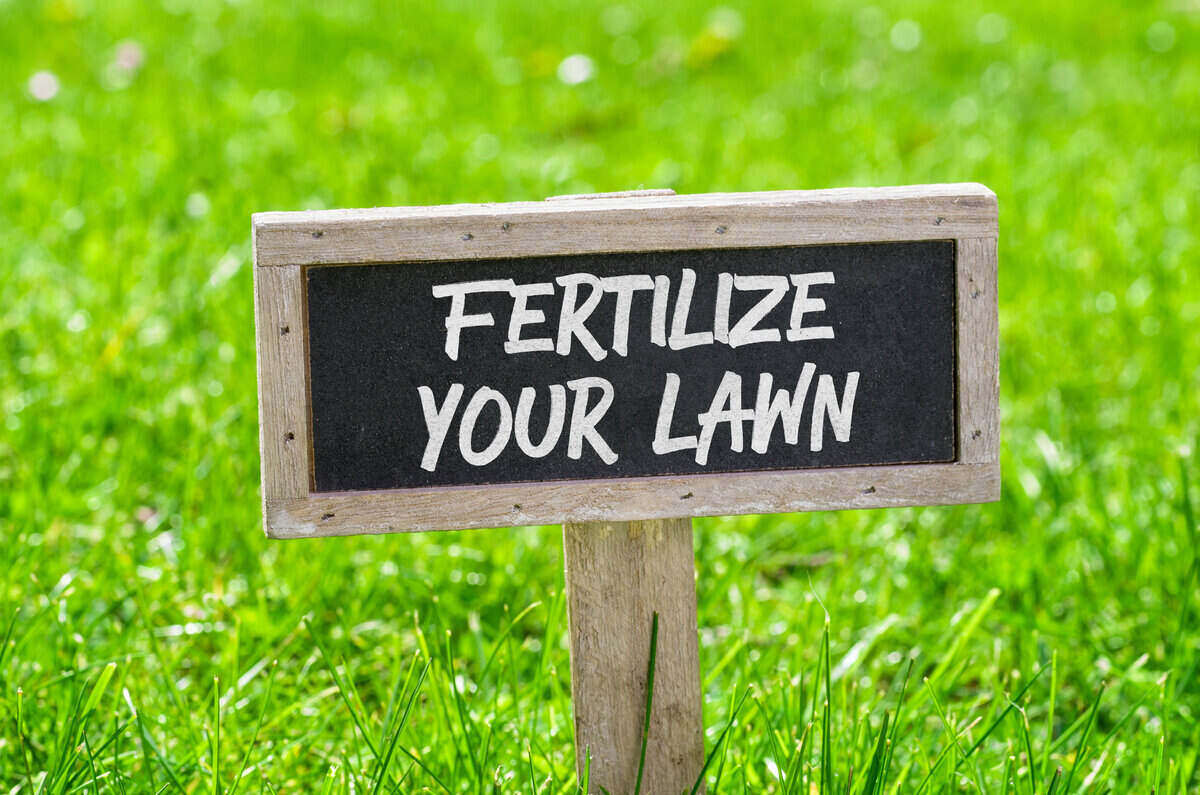
A healthy, green lawn doesn’t happen by chance—it’s the result of consistent care and the right timing. One of the most important parts of that process is fertilization.
Fertilizer gives your grass the nutrients it needs to grow strong roots, resist disease, and maintain rich color. But applying it at the wrong time (or too often) can do more harm than good.
That’s why having a seasonal fertilization schedule tailored to your lawn’s needs is key to lasting results. Here’s Anointed Lawn Care’s professional fertilization plan designed to keep North Texas lawns thriving year-round.
1. Understanding Why Fertilization Matters
Fertilization replenishes essential nutrients that naturally deplete over time due to mowing, watering, and weather. Without it, grass becomes weak, dull, and more vulnerable to weeds and pests.
The three main nutrients your lawn needs are:
- Nitrogen (N): Encourages lush green color and growth
- Phosphorus (P): Strengthens root development
- Potassium (K): Builds resilience against heat, drought, and disease
A balanced application throughout the year keeps your grass healthy and self-sustaining.
2. Spring: Wake-Up Feeding
Spring fertilization jumpstarts growth after winter dormancy. It helps your lawn recover from cold weather and promotes strong, healthy blades.
Timing: Late February to April
Goal: Boost root and leaf growth
What to Apply: A balanced, slow-release fertilizer rich in nitrogen
Anointed Lawn Care’s early-spring treatments include weed prevention and the first nutrient boost to kick off your lawn’s growing season.
3. Early Summer: Growth and Color Boost
As temperatures rise, your lawn works harder to stay green. Early summer fertilization strengthens grass against heat stress and encourages deeper root growth.
Timing: May to June
Goal: Build drought resistance and enhance color
What to Apply: Controlled-release nitrogen fertilizer with added potassium
Paired with moisture management treatments, this stage ensures grass stays hydrated and vibrant through summer.
4. Mid-to-Late Summer: Stress Protection
By midsummer, intense heat and foot traffic can stress your grass. Fertilizing lightly during this time maintains health without forcing excessive growth.
Timing: July to August
Goal: Maintain resilience without overfeeding
What to Apply: A slow-release, low-nitrogen fertilizer with micronutrients
Anointed Lawn Care applies precise rates to avoid burn and maintain steady growth during peak summer conditions.
5. Fall: Recovery and Root Strengthening
Fall is one of the most important fertilization periods of the year. Your grass uses this time to rebuild its root system and store nutrients for winter.
Timing: September to November
Goal: Repair summer damage and prepare for dormancy
What to Apply: Fertilizer high in potassium and phosphorus
Fall fertilization helps your lawn green up faster when spring returns.
6. Winter: Dormant Feeding (Optional)
While grass growth slows in winter, a light feeding can help protect the roots and maintain soil health.
Timing: December to January
Goal: Support soil microbes and root stability
What to Apply: Low-nitrogen, balanced fertilizer or soil conditioner
This keeps your lawn strong from below the surface, even when it’s not actively growing.
7. The Importance of Timing
Applying fertilizer too early, too late, or too often can cause damage such as:
- Burning the grass
- Rapid, weak growth
- Nutrient runoff
That’s why Anointed Lawn Care’s fertilization programs are carefully scheduled based on your grass type, soil composition, and local climate conditions.
8. Signs Your Lawn Needs Fertilization
If you notice any of the following, your lawn might be overdue for treatment:
- Pale or yellowing grass
- Slow growth
- Increased weed activity
- Thinning or patchy areas
A professional soil test can confirm what nutrients are missing, ensuring your next fertilization is precise and effective.
9. Pair Fertilization with Aeration and Weed Control
For best results, fertilization should be part of a complete lawn care program that includes aeration, weed control, and moisture management.
Aeration helps nutrients reach the roots, while pre- and post-emergent weed control ensures those nutrients feed your grass—not invasive plants.
10. Why Choose Professional Fertilization
Store-bought fertilizers often deliver inconsistent results or risk overapplication. Anointed Lawn Care’s trained technicians use professional-grade, slow-release products and apply them evenly at the right time and rate.
This ensures consistent color, better soil balance, and long-term results without damage.

A healthy lawn starts with a smart, consistent fertilization schedule. By feeding your grass the right nutrients at the right time, you’ll enjoy thicker, greener, and stronger turf year after year.
With Anointed Lawn Care’s seasonal fertilization program, your lawn will thrive through every season—from spring green-up to fall recovery.
Feed your lawn the right way—schedule your customized fertilization plan today!









